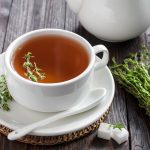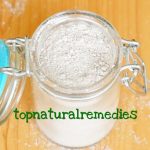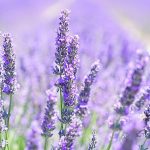Treat Colds with Bee Balm Tea
Cough? Sore throat? Catarrh? Fever? Headache? That looks like a cold. But it won’t look for long if you have bee balm at hand. Bee balm leaves, flowers and stems have an antiseptic, diaphoretic and stimulant effect, and they are also helpful in cases of stomachaches, colic, flatulence, intestinal worms, nausea, menstrual pain, nosebleeds and insomnia.

Bee balm, also known as gold melissa, horsemint, wild bergamot and Oswego tea, is a perennial herb native to Eastern North America. It grows in dry thickets, clearings and woodland edges from Ontario and British Columbia to Georgia and Mexico. Bee balm is easily grown either in ordinary garden soil, or in heavy clay soils, but in order to grow well, it requires a part shade or a sunny place. This species thrives especially when grown in a dry soil and prefers the conditions of an alkaline soil. Bee balm will grow very well from seeds, but it is best started directly from plants, which spread like crazy. The flowers are tubular and bilaterally symmetric, with a narrow upper lip and a wider lower lip. Wild species vary with regard to the colour of the flowers, which can be red, pink, or light purple. The red variety is the one commonly known as Oswego Tea. After the Boston Tea Party, this variety was used by colonists in place of English tea, which was thrown (all 342 chests) into the sea, as a protest against the taxes imposed on it by the British Parliament.
Contents
Other uses
Apart from the above mentioned uses, bee balm tea can also be used externally, for skin eruptions and infections, and to treat mouth and throat infections caused by dental caries and gingivitis. Bee balm is a natural source of thymol, the antiseptic compound used as a primary active ingredient in some modern commercial mouthwash formulas.
Herbal tea recipe
Although the flowers and stems have basically the same medicinal properties, tea is generally prepared from bee balm leaves. Add 1 teaspoon of dried herb to 1 cup of hot boiled water, let steep for 10 minutes and take it before bedtime.
The best quality tea material is achieved if the leaves are stripped off the stems and dried in warm shade within 2-3 days. A longer drying period might discolor the leaves, producing an inferior type product; thus, if necessary, you should finish the drying with artificial heat.



